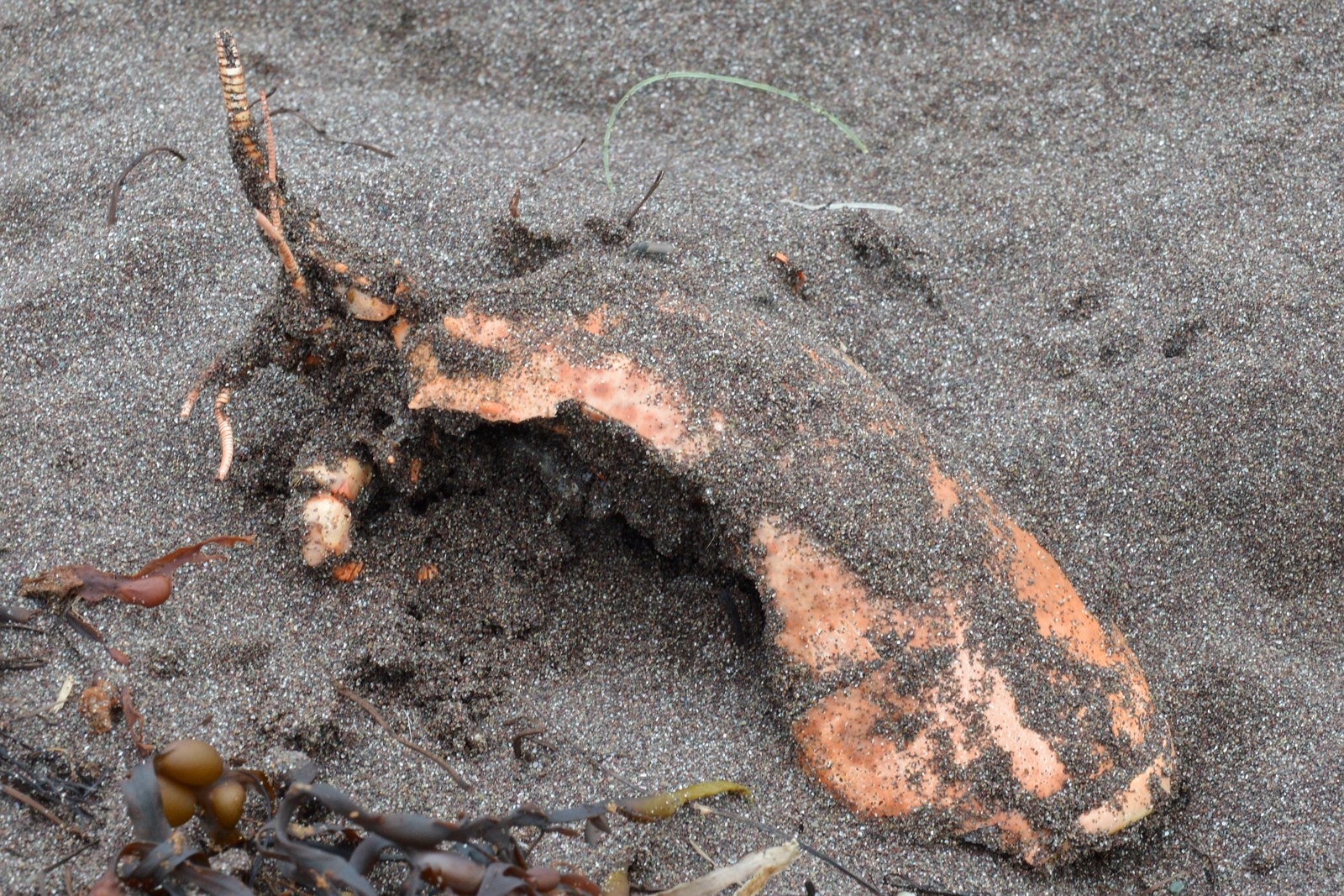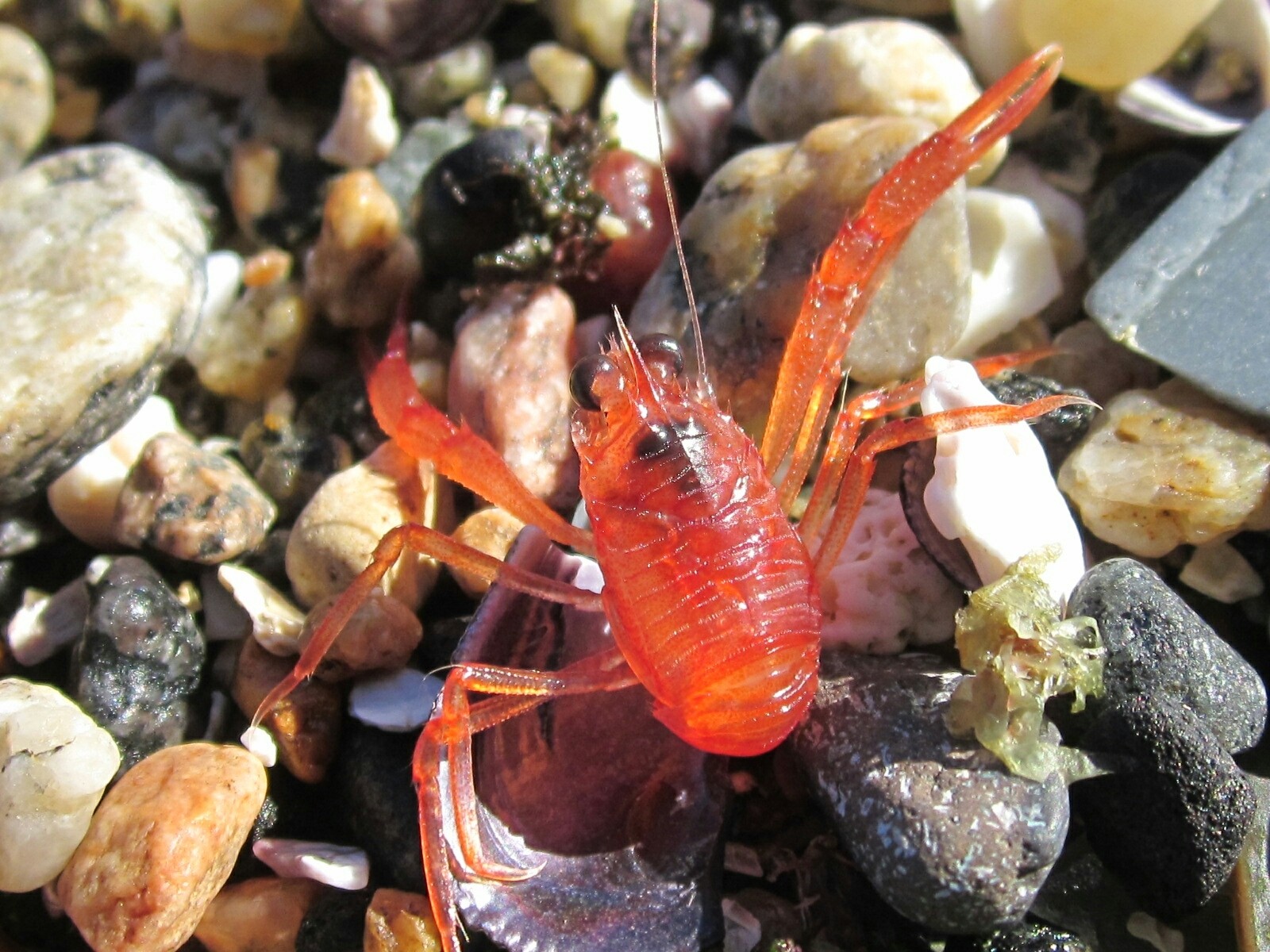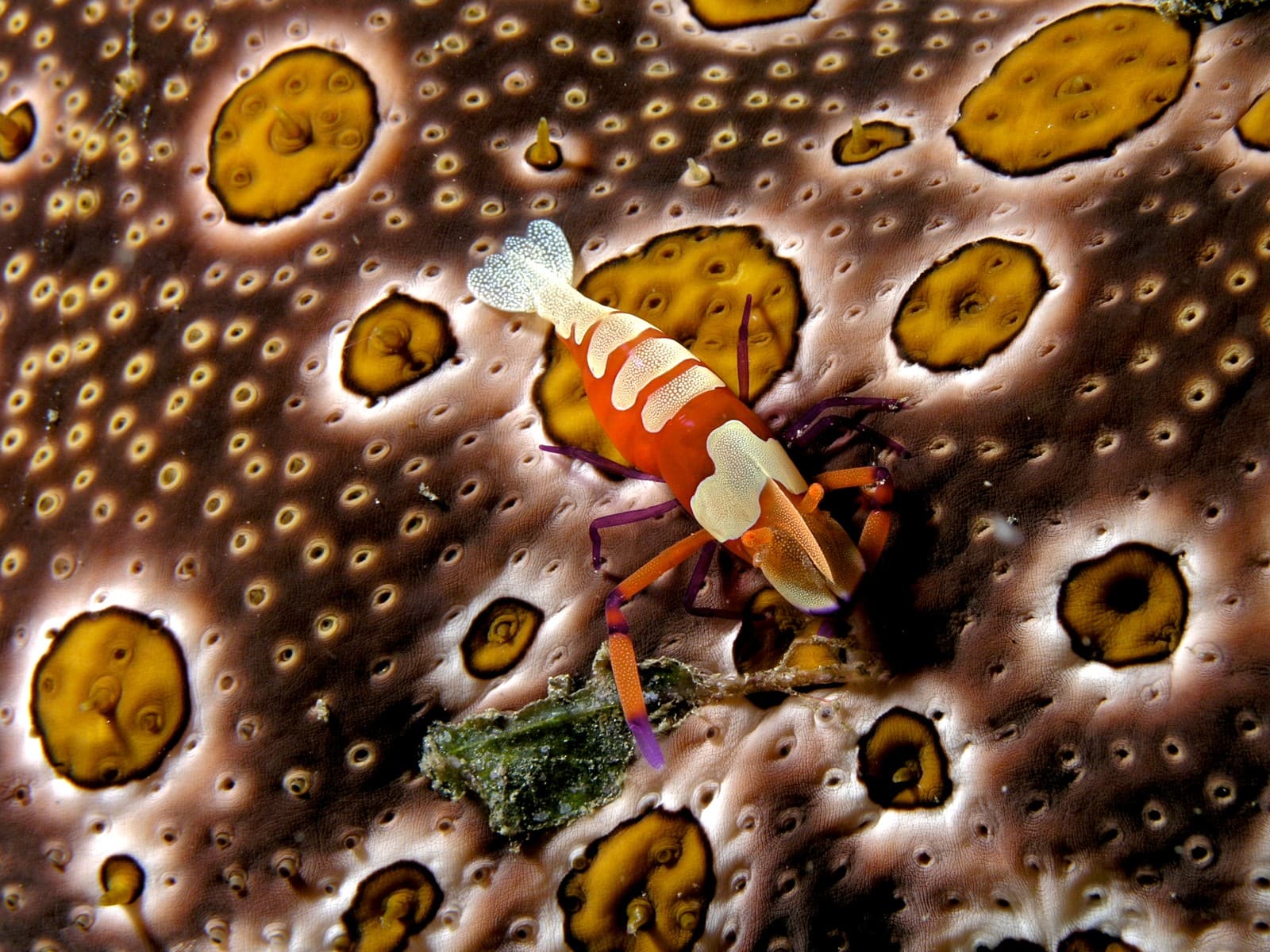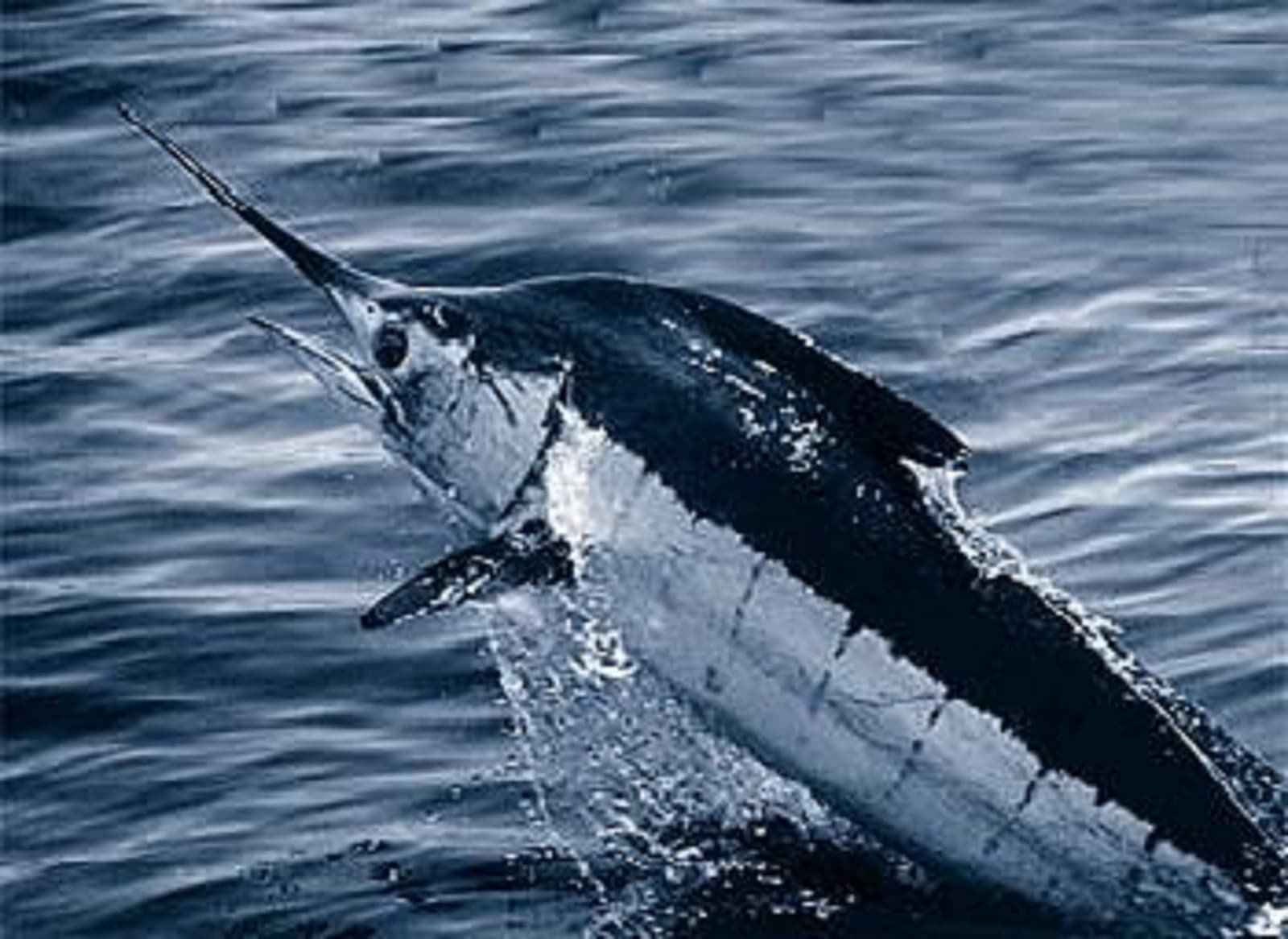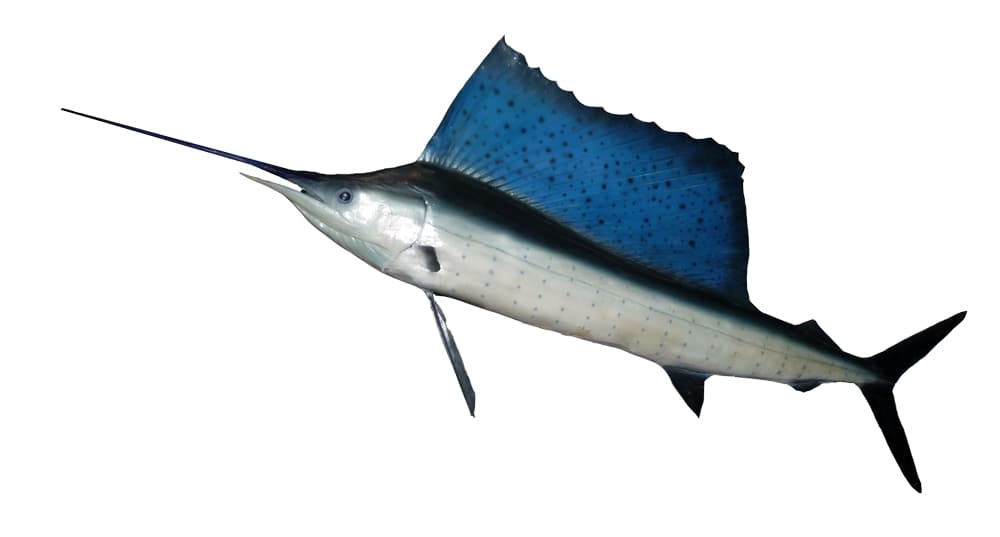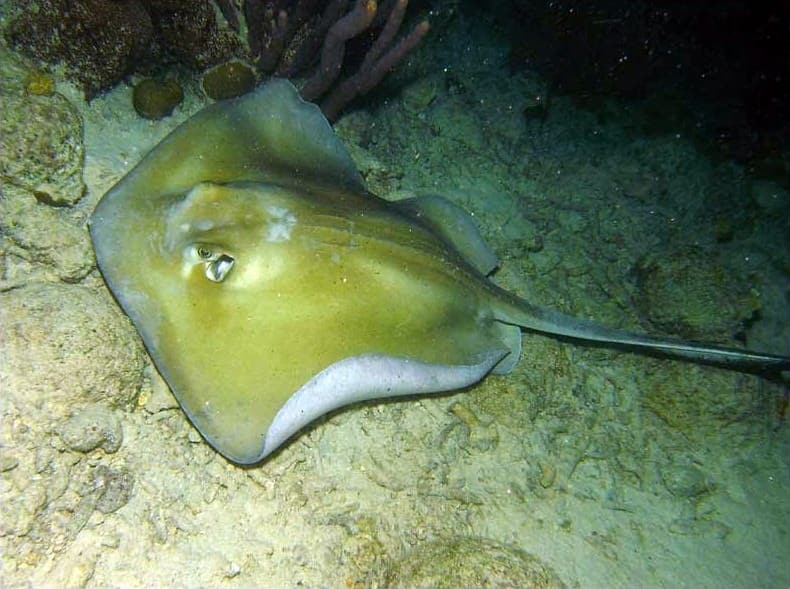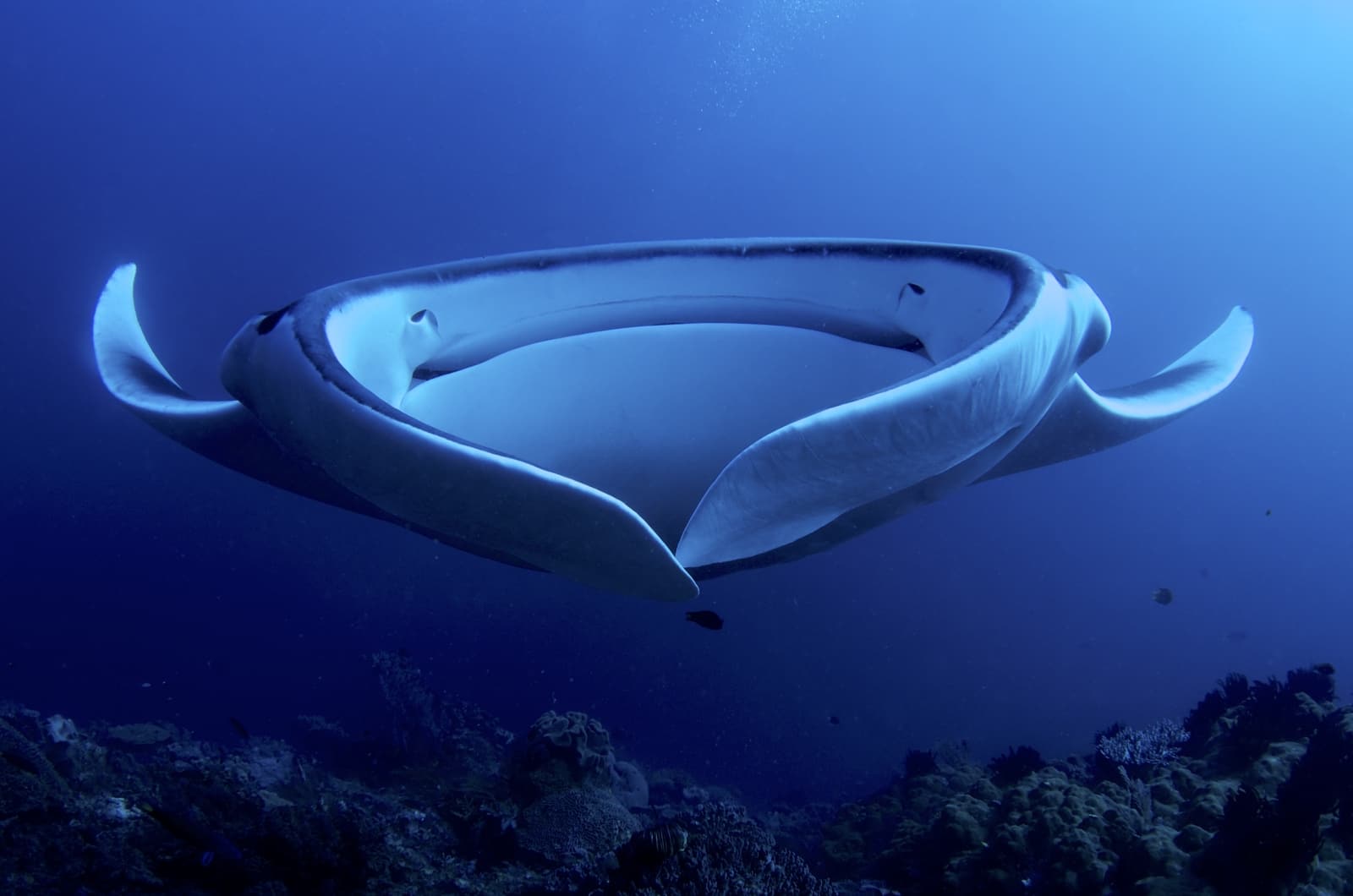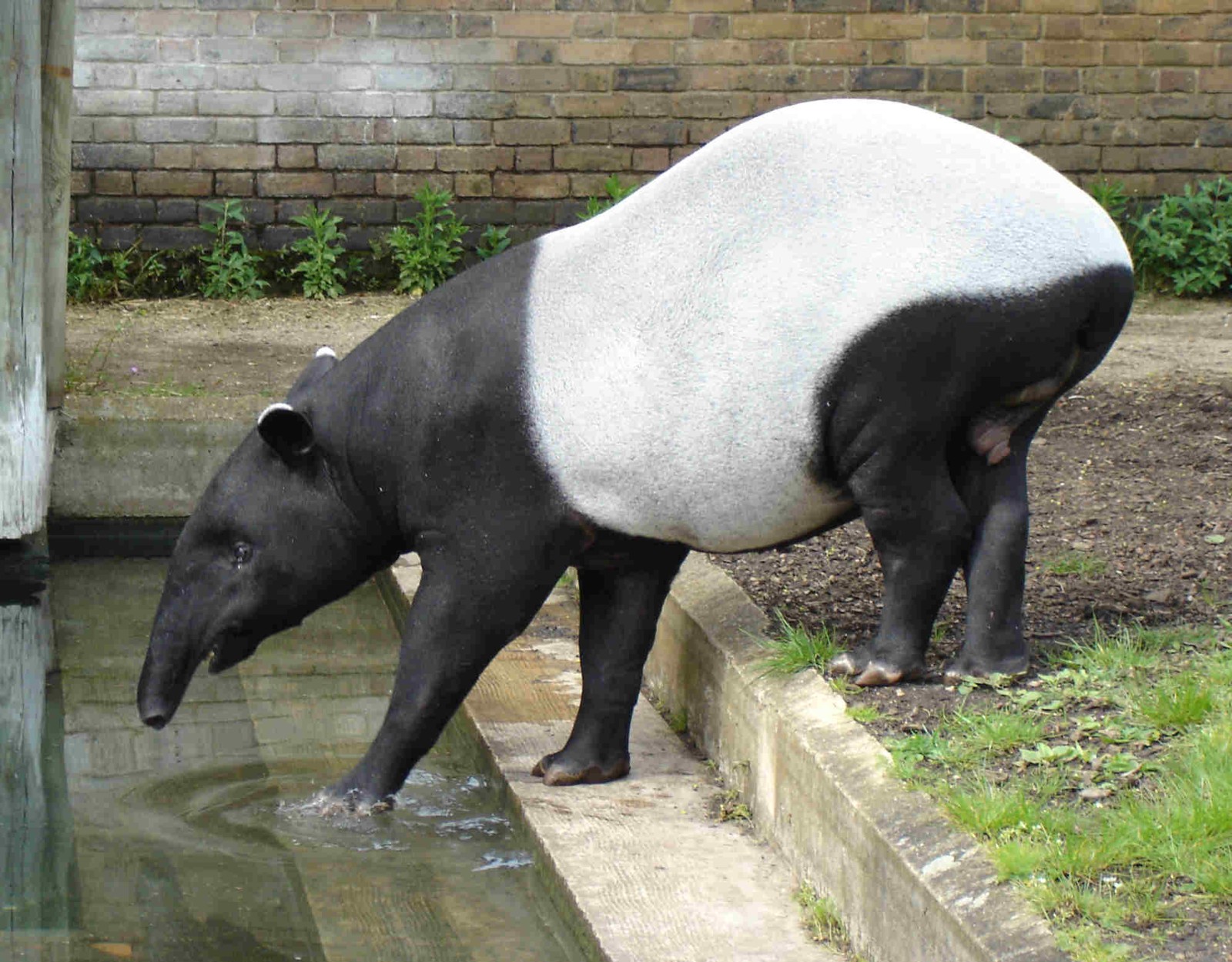Crab vs Lobster: A Complete Comparison
When comparing crab vs lobster, these fascinating crustaceans exhibit distinct differences in their anatomy, behavior, and habitat preferences. While both belong to the order Decapoda, crabs typically measure 2-12 inches (5-30 cm) across, while lobsters can grow significantly larger, reaching lengths of up to 24 inches (61 cm) and weighing up to 44 pounds (20 kg).
The most noticeable distinction lies in their body structure. Crabs feature a broad, flat body with a round or oval carapace and move sideways using four pairs of legs. Lobsters, conversely, possess elongated bodies with a cylindrical carapace and move forward using their walking legs, with their distinctive large claws held out front.
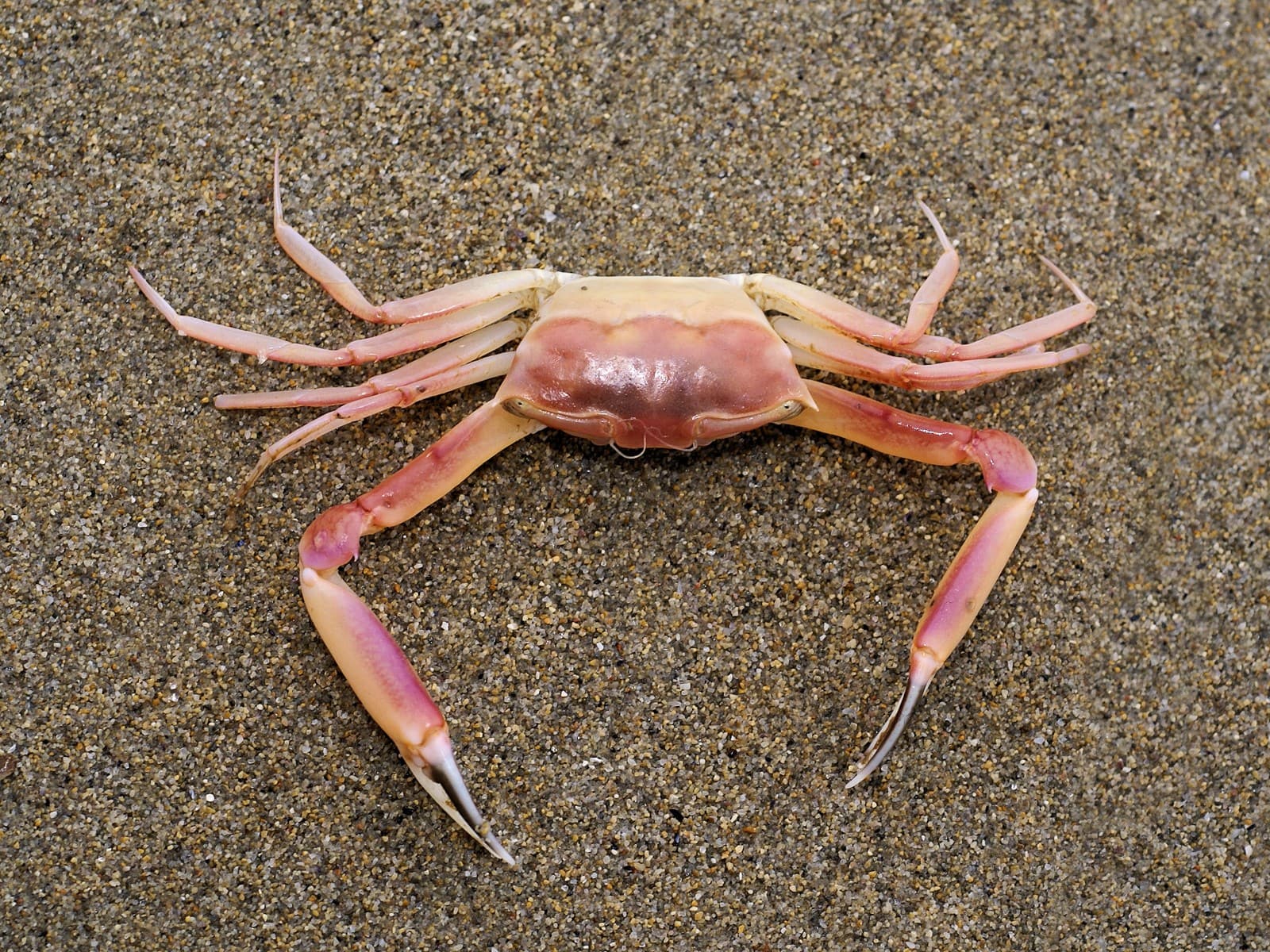
© Hans Hillewaert / CC BY-SA 4.0
The Pink Moon Crab exemplifies the typical crab body plan, with its characteristic wide carapace and laterally positioned legs designed for sideways movement across sandy substrates.
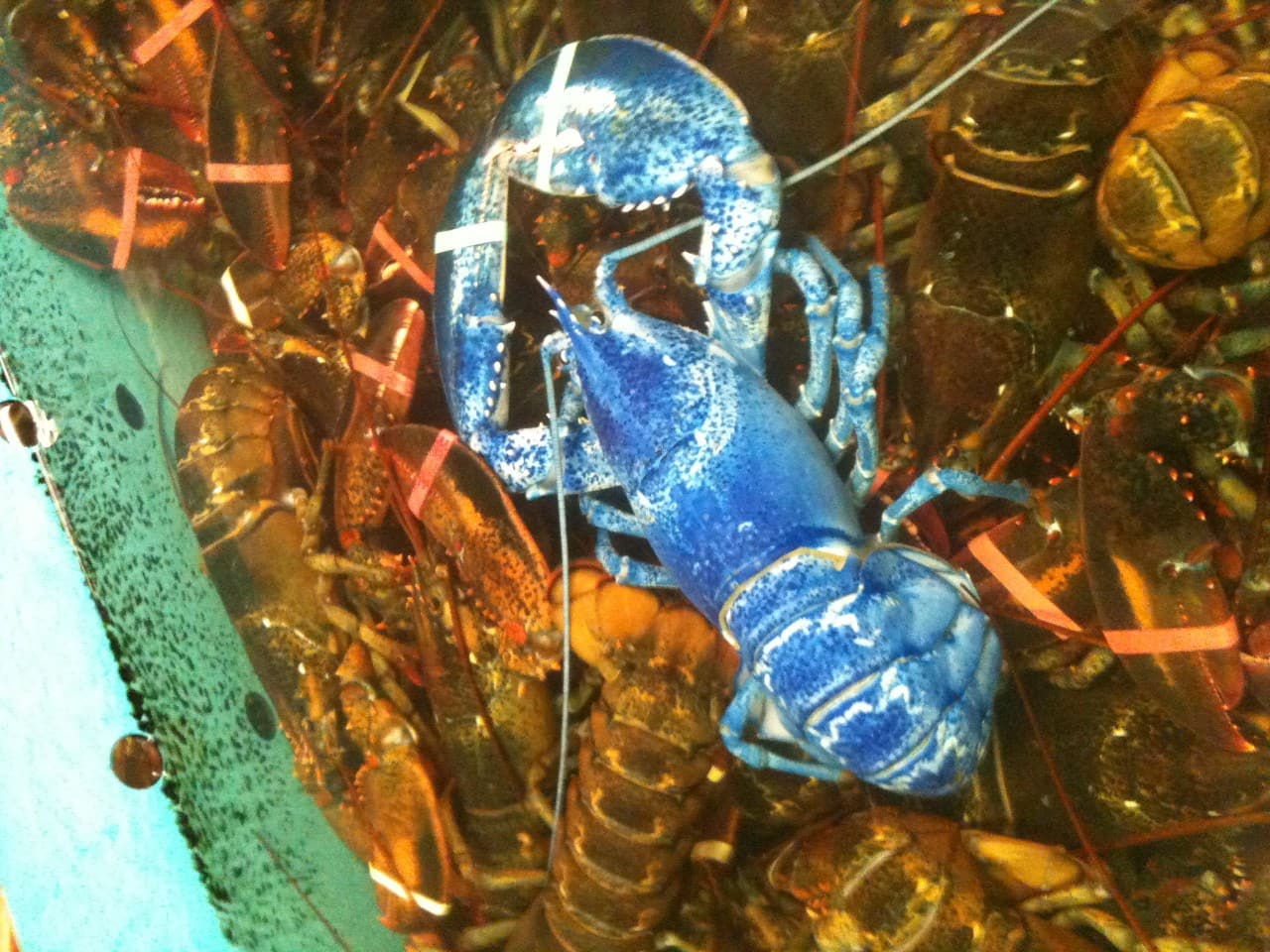
© Jane Carter / CC BY-SA 3.0
This rare blue American lobster showcases the typical lobster morphology, with its elongated body, prominent forward-facing claws, and segmented tail characteristic of the species.
Key Differences Between Crabs and Lobsters
| Feature | Crab | Lobster |
|---|---|---|
| Body Shape | Wide, flat carapace | Long, cylindrical body |
| Movement | Sideways walking | Forward/backward walking |
| Size Range | 2-12 inches across | Up to 24 inches long |
| Habitat | Coastal to deep ocean, some terrestrial | Primarily deep ocean |
| Lifespan | 3-4 years average | 45-50 years in the wild |
| Claws | Usually similar sized | One larger crusher, one smaller pincer |
Habitat and Distribution
Crabs demonstrate remarkable habitat diversity, occupying environments from deep oceans to coastal regions, with some species even adapted to terrestrial life. They’re found in all world’s oceans and many freshwater systems, with certain species like the Christmas Island red crab making spectacular land migrations.
Lobsters, however, primarily inhabit deeper marine environments, typically preferring rocky seafloor areas between 130-480 feet (40-150 meters) deep. They rarely venture into the intertidal zone and never emerge onto land, showing a more specialized habitat preference than their crab cousins.
Behavioral Differences
Hunting and Feeding Strategies
Crabs typically employ an opportunistic feeding strategy, using their equally-sized claws to scavenge and hunt smaller prey. Their sideways movement allows them to quickly dart in and out of tight spaces, making them effective predators in complex reef environments.
Lobsters, equipped with specialized crusher and pincer claws, are more methodical hunters. They use their larger crusher claw to break open hard-shelled prey and the smaller pincer claw for manipulating food and self-defense. Their forward-facing movement pattern supports this hunting strategy.
Defense Mechanisms
While both species possess hard exoskeletons, their defensive strategies differ significantly. Crabs can quickly burrow into sand or retreat sideways into narrow crevices. Many species also employ camouflage, with some actively decorating their shells with marine debris.
Lobsters rely more on their powerful claws and tail flip escape response, which can propel them backward at speeds up to 11 mph (18 km/h) when threatened. Their harder shells also provide superior protection against predators compared to most crab species.
Who Would Win: Crab vs Lobster
In a theoretical confrontation between similarly-sized specimens, the lobster would likely prevail due to several advantages:
- Superior crushing power in claws (up to 100 pounds of force)
- Thicker exoskeleton
- Greater reach with forward-facing claws
- More aggressive territorial behavior
However, in nature, these species rarely engage in direct competition due to different habitat preferences and feeding strategies.
Ecological Importance
Both crabs and lobsters play crucial roles in marine ecosystems as both predators and prey. Crabs are particularly important in maintaining beach and tidal flat ecosystems, where they help oxygenate sediments through burrowing activities. Lobsters serve as key predators in deeper water environments, helping to control populations of mollusks and sea urchins.
Their different ecological niches and behaviors make both species essential components of healthy marine ecosystems, despite their distinct evolutionary paths and adaptations.


